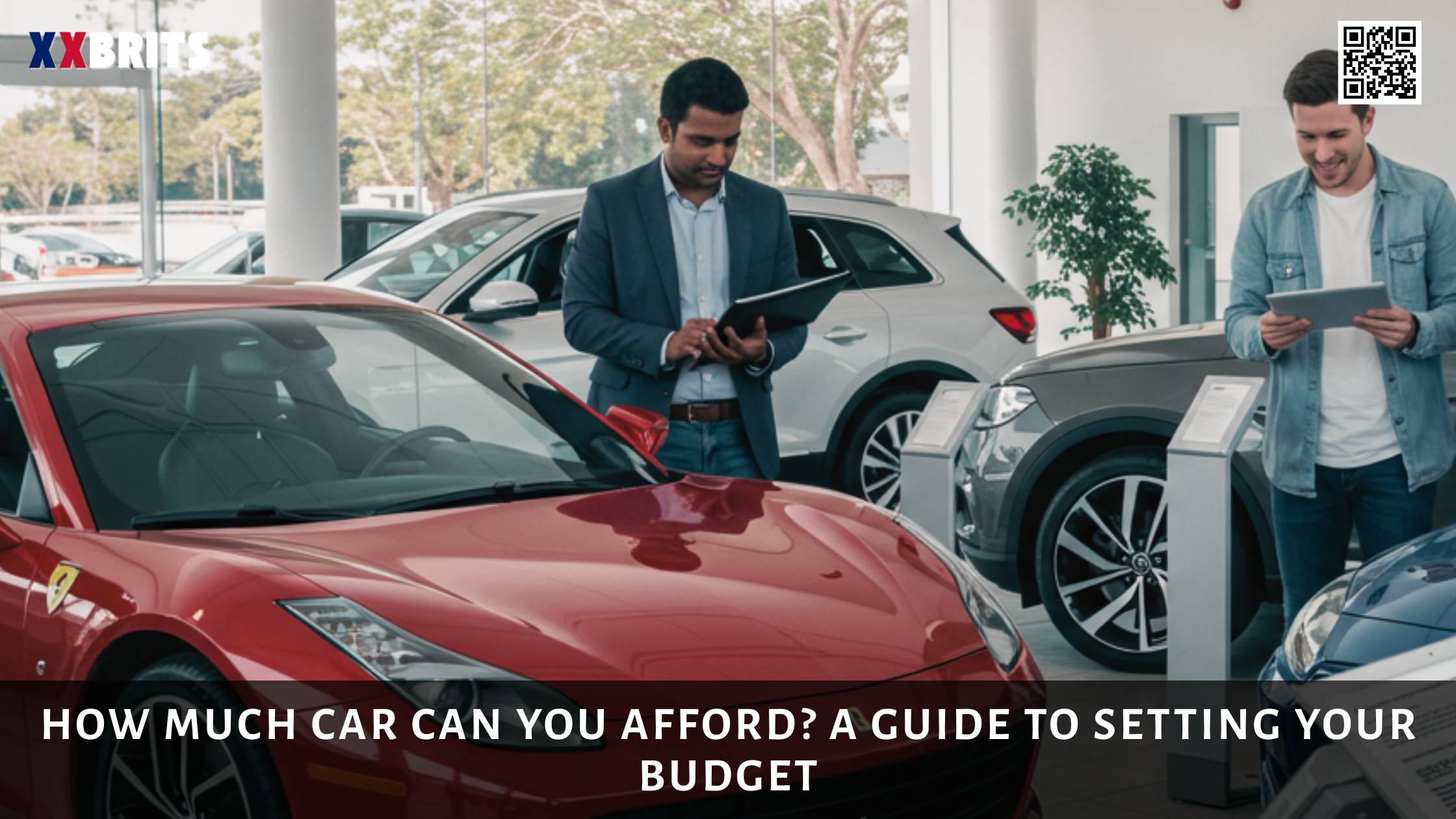How Much Car Can You Afford? A Guide to Setting Your Budget
Don’t think of buying a car just as getting the most attractive car your loan can cover. It means considering the future costs closely which many people overlook when they are drawn to the excitement of the car dealer. The real cost of a vehicle includes fuel, insurance, maintenance and road tax, in addition to regular payments. If you’re thinking about PCP car finance or buying outright, knowing your financial limit is necessary to avoid overspending every month.

Identify Your True Monthly Limit
Check how much money you earn and spend before exploring dealership websites. When budgeting, your housing, food, utilities and basic living costs should be your main priority. You should only calculate your discretionary income for a car after considering all your expenses. Many financial experts advise spending not more than 15% of your after-tax income on cars.
Build in a Buffer
A sudden surprise in life can quickly throw off your financial plans. Be sure to keep a portion of the money you spend on a vehicle for emergencies. It could mean a repair you didn’t expect, higher fuel prices or an increase in your insurance costs.
Understanding Total Cost of Ownership
Owning a car involves many ongoing expenses. A vehicle’s sticker price or finance figure is only one element. Carefully tally all the recurring costs to see the full picture. And if you’re relocating or purchasing a vehicle from out of state, working with reputable Car Shipping Companies Florida can help manage transport logistics without adding financial strain to your overall car budget.
Insurance: Variable Yet Vital
Rates vary wildly depending on age, postcode, driving record, and vehicle type. Even small changes—like engine size or trim level—can inflate your annual premium. It pays to research quotes before committing to a car.
Fuel Economy Matters
A slightly more efficient car can lead to hundreds saved each year. Consider your mileage, the type of driving you do (motorway, city, or mixed), and compare real-world fuel economy figures—not just the brochure claims.
Depreciation: The Silent Cost
Unlike fixed bills, depreciation doesn’t show up on a statement. Yet it can be the largest financial drain. Some new cars lose 50% of their value within three years. If you plan to sell or trade in later, choose models with a strong resale reputation.
Road Tax and Emissions-Based Charges
Annual road tax costs vary according to a car’s CO₂ emissions. Hybrids and smaller petrol vehicles tend to attract lower charges. In urban zones, low-emission policies could mean extra daily tolls or savings depending on the model.
Maintenance and Repairs
Servicing intervals, replacement part costs, and tyre size all influence how much you’ll spend at the garage. Luxury models may come with prestige but often carry inflated service bills. Budget cars can offer peace of mind through simplicity.
Consider Reliability Ratings
It’s not just about brand loyalty. Read long-term owner reviews and reliability reports. A car that breaks down frequently or has common faults will drain your wallet and patience.
Resale Plans Influence Budget Strategy
Paying a bigger sum upfront may save you from problems later if you plan to keep the car for years. For short-term drivers, it’s important to focus on deals that lose little value and allow for an easy way out.
Make It Sustainable
Choosing a cheap car over an impressive one is usually the better idea. A smart buy is something you can afford and that won’t cost more than you can handle every month, but it can still have a few unexpected expenses. When you plan for all the expenses, present and future, you can buy the car now and run it easily later.





